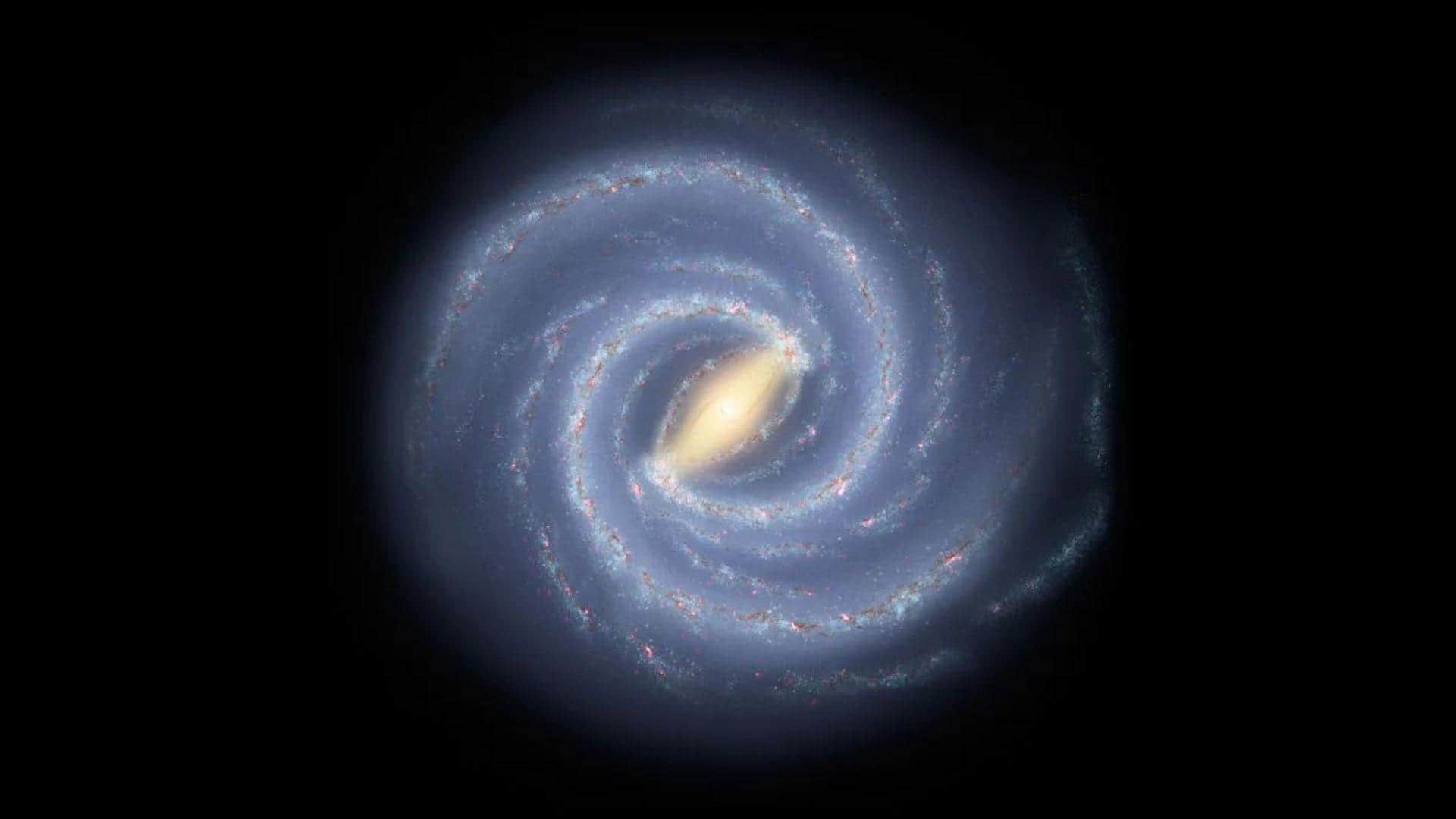
Our Milky Way might not collide with Andromeda after all
What's the story
The long-anticipated collision between the Milky Way and Andromeda galaxies may not be as certain as previously thought. A new study, led by astrophysicist Till Sawala of the University of Helsinki, has revealed that the likelihood of this cosmic event happening in the next 10 billion years is closer to 50%. This is a significant departure from earlier predictions that suggested a high probability of merger.
Steps
How was the simulation done?
Sawala's team simulated the Milky Way's journey through space over next 10 billion years, using updated data from Hubble Space Telescope and European Space Agency's Gaia mission. They also included new mass estimates for smaller dwarf galaxies surrounding the Milky Way, which influence its cosmic path through their gravitational pull. This research has reduced the likelihood of a merger between two spiral galaxies.
Results
Simulations reveal possible outcomes for Milky Way and Andromeda
The simulations showed that a direct collision is highly unlikely, with less than a 2% chance. In most scenarios leading to a crash, the two galaxies would initially pass by each other. This would result in a loss of orbital energy and eventually lead to their merger. However, if they do not come close enough on their first passage (more than about 500,000 light-years apart), they might not merge at all.
Factors
Factors influencing Milky Way and Andromeda's future
The scientists found that if the Milky Way and Andromeda reach close enough for their gravitational forces to interact, a merger is likely. However, it's equally possible that they could remain well separated and continue to evolve independently. The study also showed that the Large Magellanic Cloud's influence reduces the chances of a merger with Andromeda, but increases the likelihood of cannibalizing the satellite dwarf galaxies.
Future research
Further observations needed
Sawala stressed the need for more observational data and complete modeling of their interaction to determine whether the Milky Way and Andromeda will collide. He noted that more observational data from Gaia Space Telescope and possibly Hubble Space Telescope will be available soon. The team's research was published in the journal Nature Astronomy.